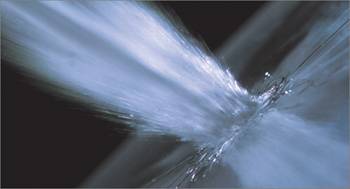Film Resolution Files
| Film resolution files are generally scanned at a size of 2048x1556 pixels, but practically speaking, effects artists work with a variety of different film image sizes. The large size of film images means longer processing and slower interaction. It also means that you can charge more for the job. Sweet.
|
EAN: N/A
Pages: 156
